We offer a variety of portfolio opportunities available for aspiring models and talent professionals.
Let's talk more about your goals!
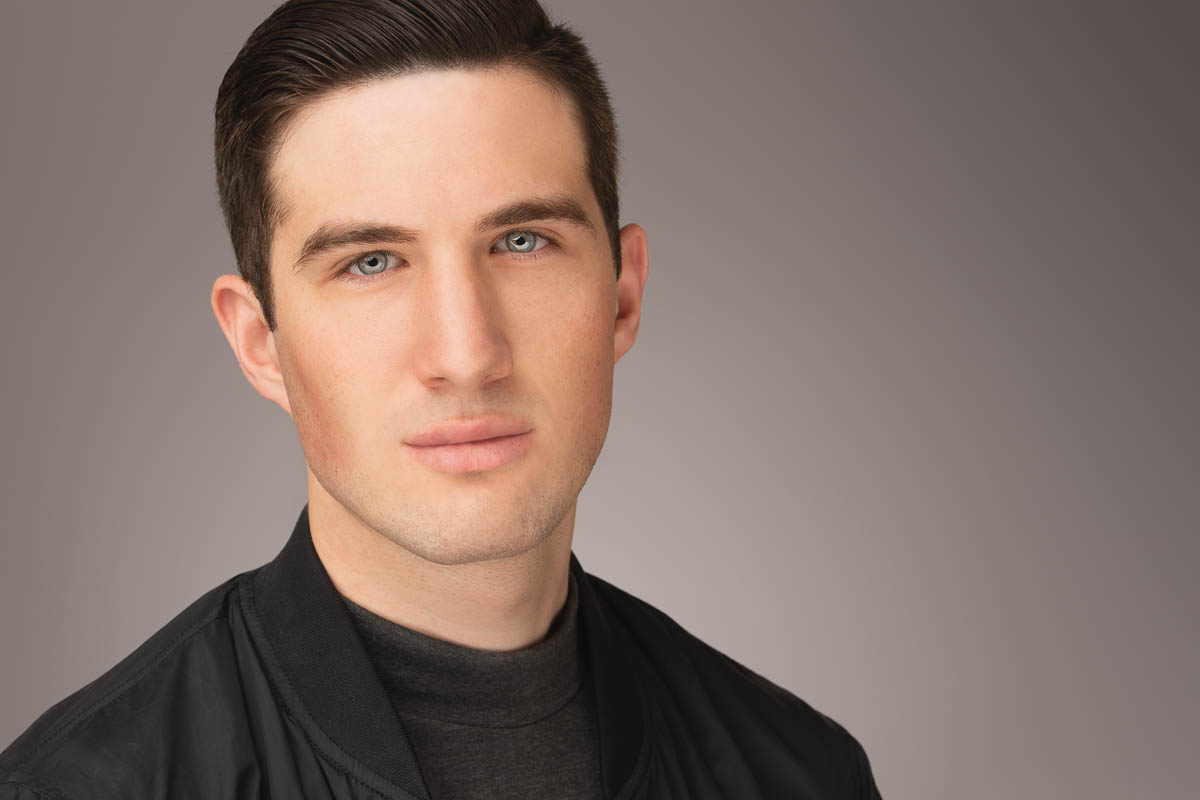
When most people talk about modeling, they are most commonly referring to the tall and lean fashion models with high cheekbones. These are the models that can go on to become supermodels and travel the globe.
If this is your goal, you can start with a set of "digitals." Digitals are a set of unretouched images that show the real you in a natural state.
Despite what you may have heard, we highly recommend using a professional photographer to create your digitals over using a simple iPhone. You can see the difference !
What is there other than fashion?
You might be surprised to learn there are tons of different categories for models and fashion is only one. Commercial modeling is often more profitable for most people of all ages and these jobs pay very well.
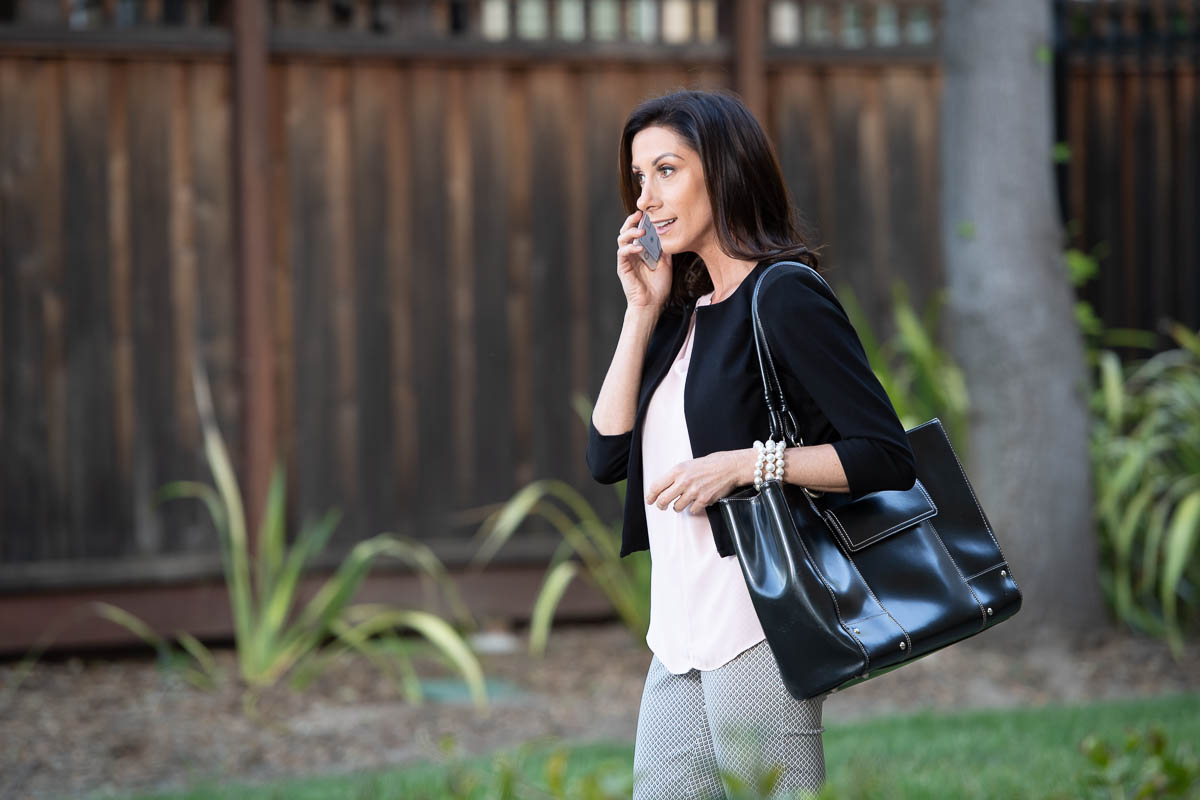
How do I get started as a Model?
First it's important to know what category you fit into best.
There is no point for someone who is best qualified as a commercial lifestyle model to apply to a high fashion agency if they don't meet the criteria.
Therefore the first step is to find your category.
Once you identify your category, you will want to want to assemble photos into a portfolio for castings and agency submission.
For most agencies, you can start with a set of "digitals." Although some try to take these themselves with a cell phone, we recommend hiring a photographer to help you with posing, lighting, and angles. Iphone photos can cause distortion and look poor when not well executed.
The next step would be to create portfolio or "book" worthy images. These are images you would want to carry around on an ipad to show agents, casting directors, etc. in hopes of landing work.
Model Categories
Here is a list of different types of modeling:
- Fashion Models - Age Range: Teens -late 20's. Females must typically be 5'9" or above with striking features, Males 5'11" and above.
- Runway Models - Involves lots of travel and appearing in multiple shows to earn a living.
- Editorial Models - Models are picked for fashion editorials in Vogue and other fashion publications worldwide.
- Commercial Print Models - Children and Adults up to 60+, More Everyday Looking People, Smiling & Happy Vibes.
- Lifestyle -Approachable good looking people who photograph tall for commercial ads in the client demographic.
- Fitness Model - Muscular, toned people with low body fat. Shoot for Athletic apparel, Fitness, and Wellness Brands
- Plus Size Models - Model for clothing lines, mostly women but also Big and Tall for Men.
- Catalog Models- Limited Posing and repetitive work being photographed in all variations of a product
- Promo/Trade Show Models - Represent Brands at Event and Trade Shows. Often given some training about product before events.
- Swimsuit Model - More common for petite women. Find agencies who represent swimwear brands.
- Mature Modeling 40+ - Wide Range of Work including: Beauty, Anti-aging Products, Lifestyle Brands, Etc.
- Body Parts Models (Hand Models, Leg Models, Etc.) Less requirements than Face & Body models, but one part must be exceptional.
Where can I find work?
Unless you are an amazing networker, with great connections, you will likely want to apply with a modeling agency which has clients who are interested in your look. An agency will list you on their site (for a fee) and attempt to get you work. They typically are looking for models in their genre who have a different look and will help round out their offerings to their clients.
"Getting signed" by an agency only means you will be CONSIDERED for work by photographers and casting directors. The next step is to go to castings and "Go See's" to meet with potential clients face to face. If selected, you can be paid very well for your time. However, models are responsible for many up front costs.
If you don't already have a strong portfolio and modeling experience, your odds of getting booked are much less.
Models are asked to keep their "book" (Portfolio) fresh and current. If you change hairstyles or your appearance, you need to re-shoot to keep images current and representative of your current look.
Although some agencies will help pay for images upfront, they will still take these fees out of any job you book (plus commission and interest). Some models are excited to land their first job only to learn they actually don't make anything when all their "income" goes to paying back start up costs.
Therefore, you will likely want to choose your photographer wisely and find one you can afford without going into debt.
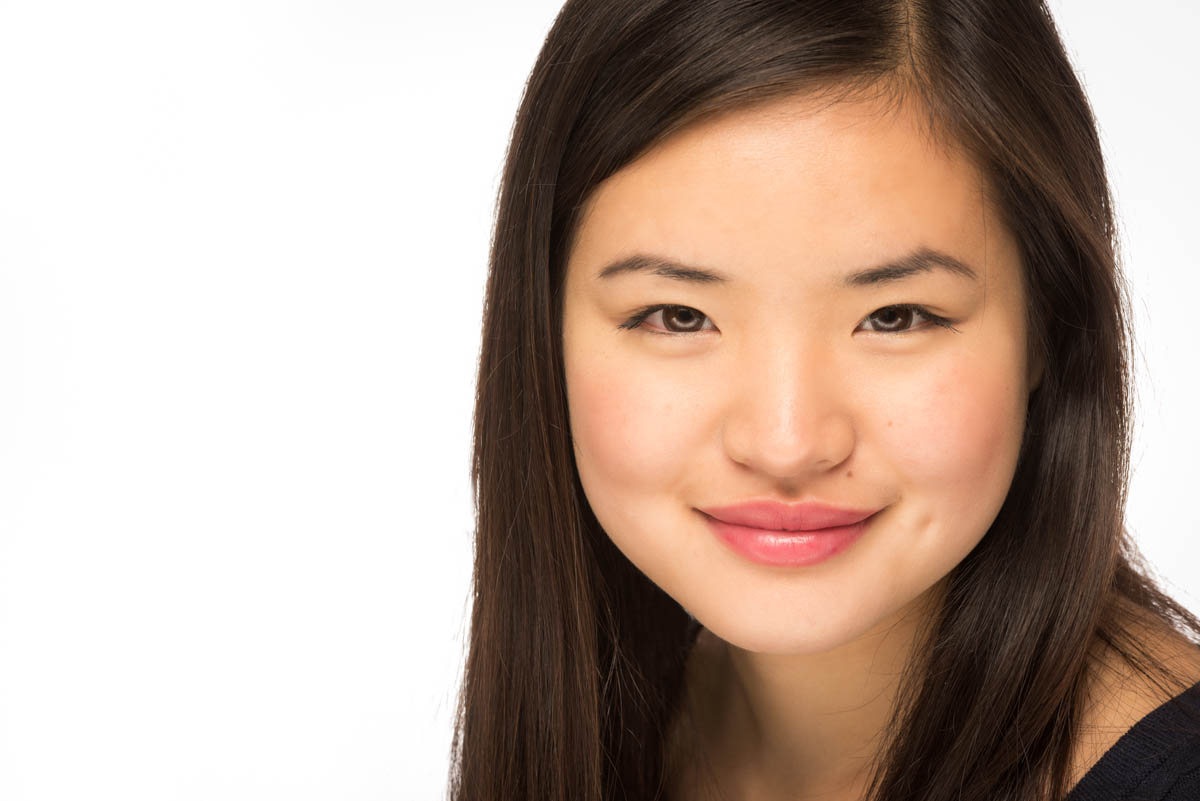
Here are a few reputable local Modeling Agencies. Check out their "New Faces" pages for good idea of how to get started and what to expect.
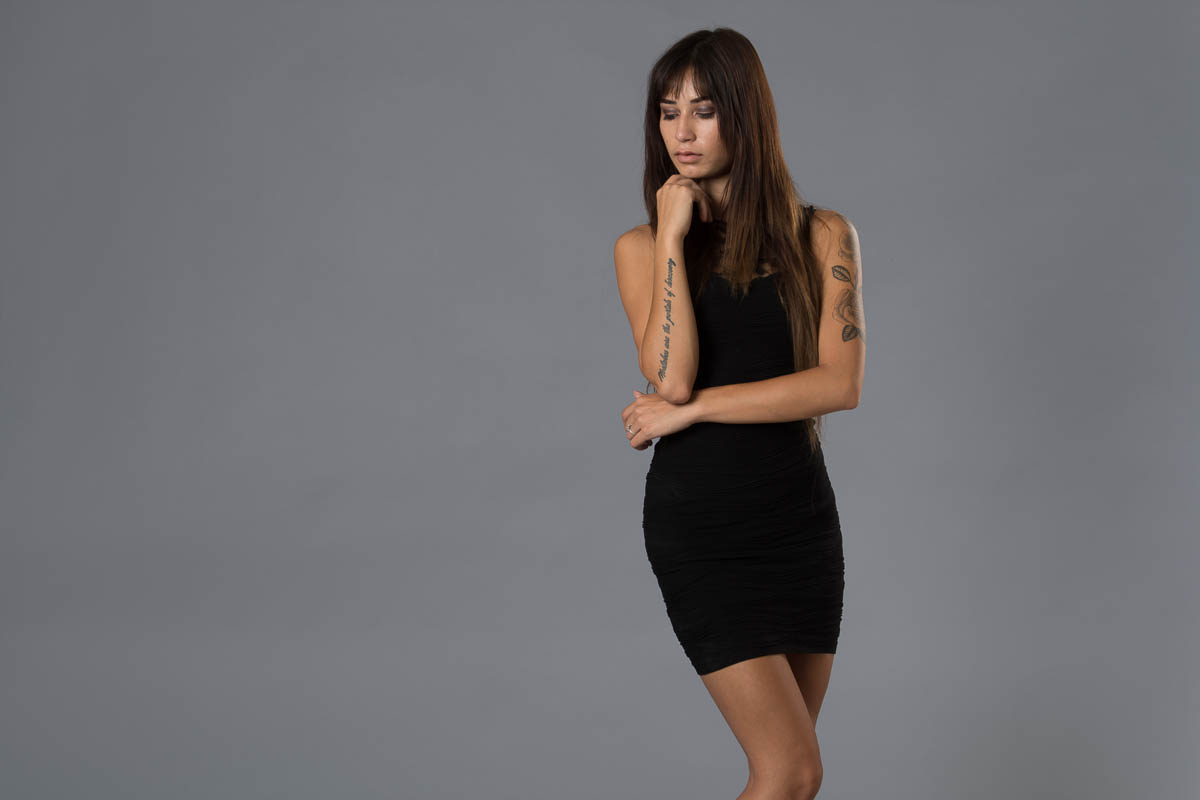
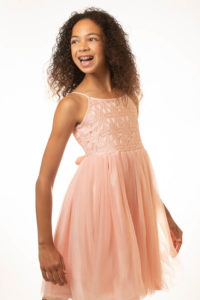
What do I wear?
Your wardrobe will depend on they type of modeling your interested in. If your shooting basic "Poloroids" or "Digitals" you should wear a simple white or black tank top and fitted jeans or a possibly a bikini, depending on the agency requirements.
If you want to do some commercial modeling for a fitness brand like Nike or Under Armor, then athletic apparel is in order. Sometimes it's best to do a shoot "on spec" and pretend you were hired by a big name like Nike and that they pull wardrobe pieces from a recent campaign.
For Lifestyle, you can wear more everyday "regular clothes," but still want to follow current trends to match with a brand and look fresh. Like any job, you should look the part.
What about a team?
True commercial shoots involve a huge team to make sure everything is perfect and no detail overlooked. This is why commercial shoots cost thousands of dollars. When your starting out, most individuals can't assemble a team of wardrobe stylists, hair and MUA's, digitech's, etc. That being said, if your resourceful and pick the right people, you can get by on budget to get your foot in the door and create some amazing work.
The most important tip towards having a successful shoot is to gather a few concepts together and brainstorm a vision with your photographer before shooting. Share the concepts with your photographer and talk about how you guys will partner to make the magic happen.
How many photos do I need?
For Digitals or Poloroids, usually 3-5 images will do.
When it comes to your "book," it depends. The industry standard is to always put only your strongest images in your "portfolio book." Therefore, it's better to only have three really strong images than 10 average images. The more the better, but budget and time doesn't always allow for this. If your goal is to create a comp card, usually three or four photos will work. Maybe your next casting only requires a single headshot printed with a resume on the back? In that case you might be able to squeak by with one really good image in the beginning. The frustrating but true answer is always, "it depends." If you zero in on a goal we can better answer what you might need.